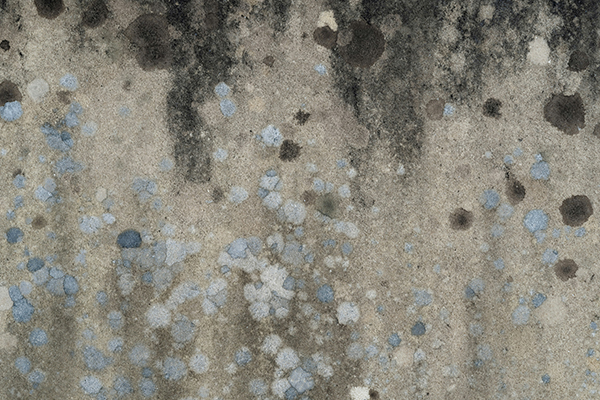Mold in your basement isn’t just an eyesore—it’s a serious problem that can compromise your home’s structural integrity and pose significant health risks. If you’ve noticed musty odors, dark patches on walls, or increased allergy symptoms, mold could spread in your basement.
Understanding the causes of mold, how it spreads, and the best ways to remove and prevent it can help protect your home and your health.
The Hidden Dangers of Basement Mold
Structural Damage
Mold thrives in damp environments, and basements often provide the perfect conditions due to poor ventilation and excess moisture. Over time, mold growth can:
- Weaken wooden support beams and floor joists.
- Deteriorate drywall, insulation, and flooring materials.
- Cause cracks and damage to foundation walls due to prolonged moisture exposure.
Ignoring mold problems can lead to costly repairs, making early detection and prevention essential.
Health Risks of Basement Mold
Mold doesn’t just stay in your basement—it releases airborne spores that can spread throughout your home, leading to health issues such as:
- Allergies and Respiratory Issues: Mold spores can trigger sneezing, coughing, and asthma flare-ups.
- Skin and Eye Irritation: Contact with mold can cause rashes, redness, and itchy eyes.
- Serious Health Conditions: Prolonged mold exposure may contribute to chronic respiratory conditions, especially in individuals with weakened immune systems.
If you or your family members experience these symptoms at home, basement mold could be the culprit.
How Basement Mold Spreads
Mold growth is fueled by moisture, which can enter your basement in various ways, including:
- Leaky Foundation Cracks: Water seeping through foundation walls creates an ideal environment for mold.
- Poor Ventilation: Limited airflow traps moisture, allowing mold to thrive.
- High Humidity Levels: Humidity above 60% provides the moisture mold needs to grow.
- Flooding or Water Intrusion: Past flooding or plumbing leaks can leave behind moisture that encourages mold growth.
How to Remove and Prevent Basement Mold
Mold Removal Tips
If mold is already present in your basement, here’s what you can do:
- Use Mold-Specific Cleaners: Bleach and household cleaners may remove surface mold, but professional-grade mold removers work more effectively.
- Fix Moisture Issues First: Mold will return unless you address the underlying moisture problem.
- Consider Professional Remediation: If the mold covers a large area or has penetrated walls and insulation, professional removal is the safest option.
Preventing Mold Growth
The best way to handle mold is to stop it before it starts. Preventative measures include:
- Waterproofing Your Basement: Sealing foundation cracks and installing a proper drainage system helps keep moisture out.
- Installing a Dehumidifier: Keeping humidity levels below 50% reduces the chances of mold growth.
- Improving Ventilation: Proper airflow helps dry out damp areas and prevents moisture buildup.
- Encapsulating Your Crawl Space: If you have a crawl space, sealing it off can prevent excess humidity and moisture from affecting your foundation.
Protect Your Home with Professional Basement Waterproofing
If you’re dealing with recurring moisture or mold problems, professional basement waterproofing solutions can help. At Copper Fox Foundation Solutions, we specialize in foundation moisture control, basement waterproofing, and mold damage prevention to keep your home safe and dry.
Don’t let basement mold put your home and health at risk. Contact us today to schedule a free consultation and protect your foundation from future moisture issues!
Call us today at (540) 351-2134 or contact us online to schedule your consultation. Let Copper Fox Foundation Solutions protect your home, so you can enjoy everything Virginia offers without worry.

